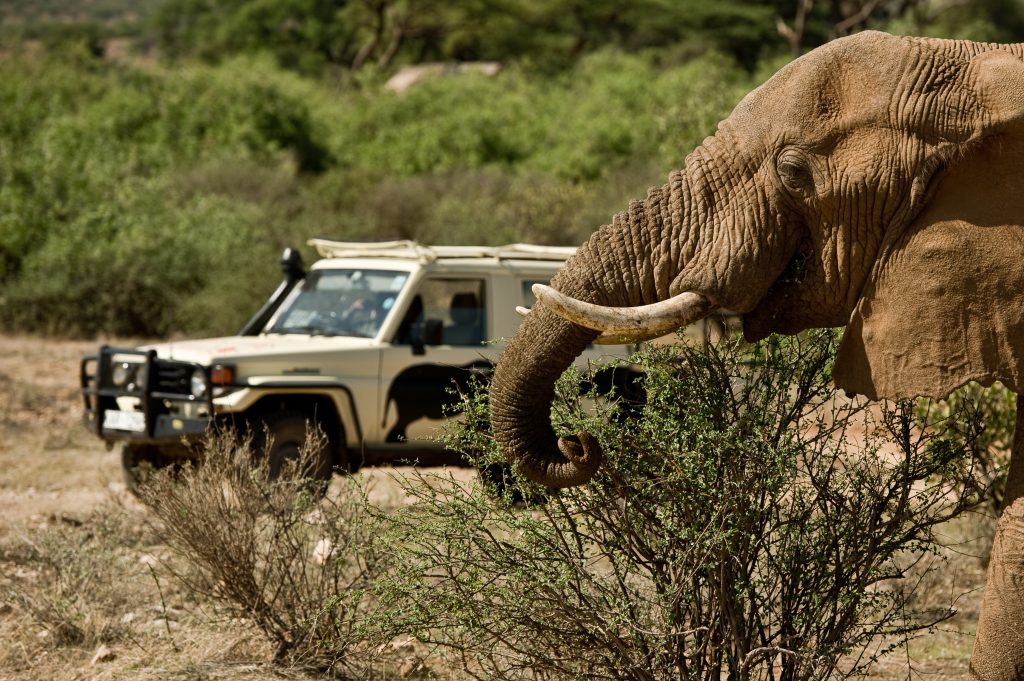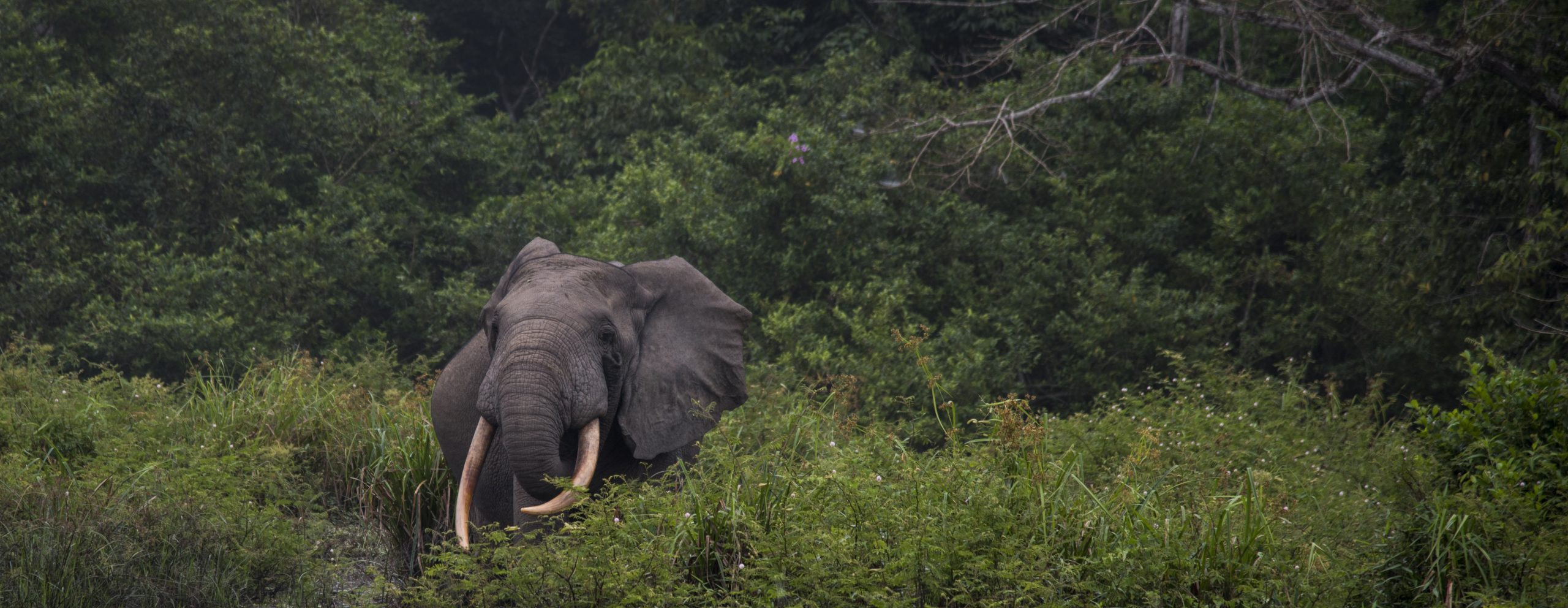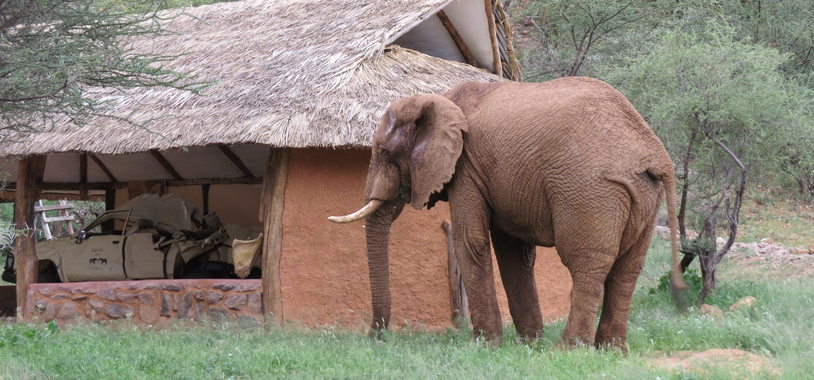Over the last 15 years, the Samburu elephant population has become one of the best studied in the world. The 1000 or so elephants that use the reserves are recognized individually by the shape of their ears and tusks. Births, deaths and interactions are closely monitored, making this population a Rosetta Stone for interpreting impacts of poaching on the society.
The STE’s Long Term Monitoring (LTM) field team collects data on a daily basis. The elephants using Samburu and Buffalo Springs reserves (330 km2) are largely habituated to the presence of vehicles, enabling easy observation of behavior. Understanding elephant behavior on an individual basis is pivotal in devising ways and means of securing a future for them and promoting harmonious coexistence with human beings.
Each individual has a marked field code number, which is accompanied by a photo and sketch.
David Daballen, STE’s Head of Field Research who can recognize over 600 elephants on sight says, “Some of these elephants, including bulls and family groups, have large ranges. Sometimes, we don’t see these elephants a long time. They may disappear from our records for months or years. But as soon as such elephants reappear within the LTM area, we are able to update our identification records including any new cuts in the ears or broken tusks.”

During monitoring, whenever a group is sighted, the field team, which includes researchers, assistants and interns scrutinizes the group to record all members who are present. All births, disappearances (deaths), estrus and musth are also recorded. These data are entered on a digital database for later retrieval and analysis of population dynamics, social structure, individual and population dietary preferences, seasonal dispersal, paternity from DNA, and mortality from different causes including illegal killing.
This study, when combined with the separately funded, parallel radio tracking study, allows us to understand how elephants make choices, by studying their movements. This leads to the definition of vital corridors and dispersal areas outside the officially protected areas.








